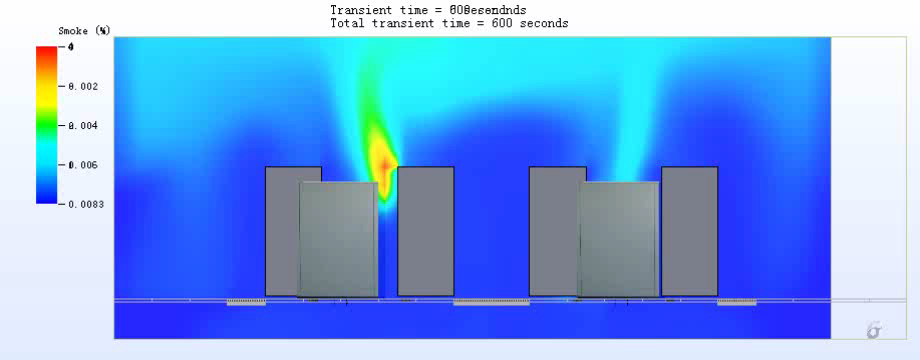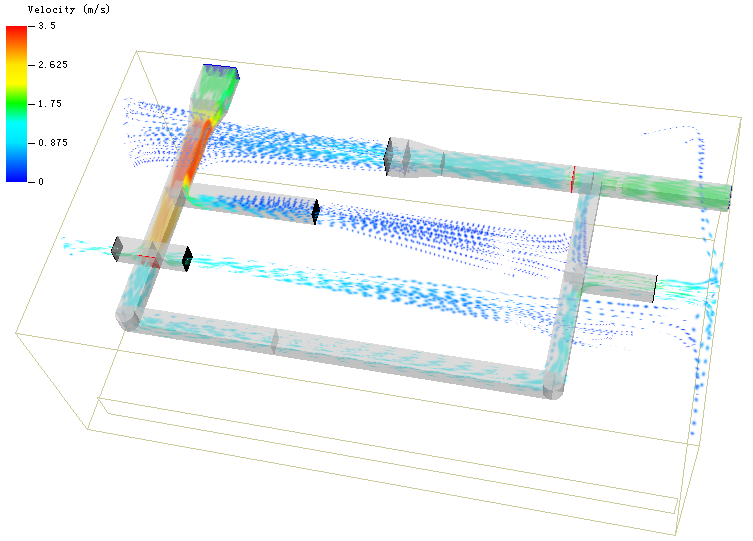| Solution Feature |
- Effectively create a CFD model based on the BIM models using Autodesk CFD. Undertake the CFD simulation to obtain the environmental condition, e.g. temperature, humidity, wind speed, etc. Carry out this simulation with different inputs and record the results systematically.
- Determine various thermal comfort levels based on the environmental condition parameters. Then, use machine learning/deep learning method to obtain a complex correlation between input variables and the resultant comfort level from CFD simulation results.
- Formulate a control algorithm to achieve an intelligent control of air-conditioning system, depending on people density, location, etc., to achieve a balance of human comfort and energy saving.
- Install IoT devices, e.g. thermal cameras, CO2 sensors and humidity sensors on site to collect data, which are used to evaluate and improve the control algorithm. Also, the data collected give feedback to the intelligent control to verify the performance of the air-conditioning, achieving a close loop control.
- Develop a software system for the intelligent control, which can monitor the environmental conditions in a 3D view. Also, a user-friendly interface will be provided for the control and analysis on 3D thermal and IAQ comfort, as well as optimal energy consumption.



|



